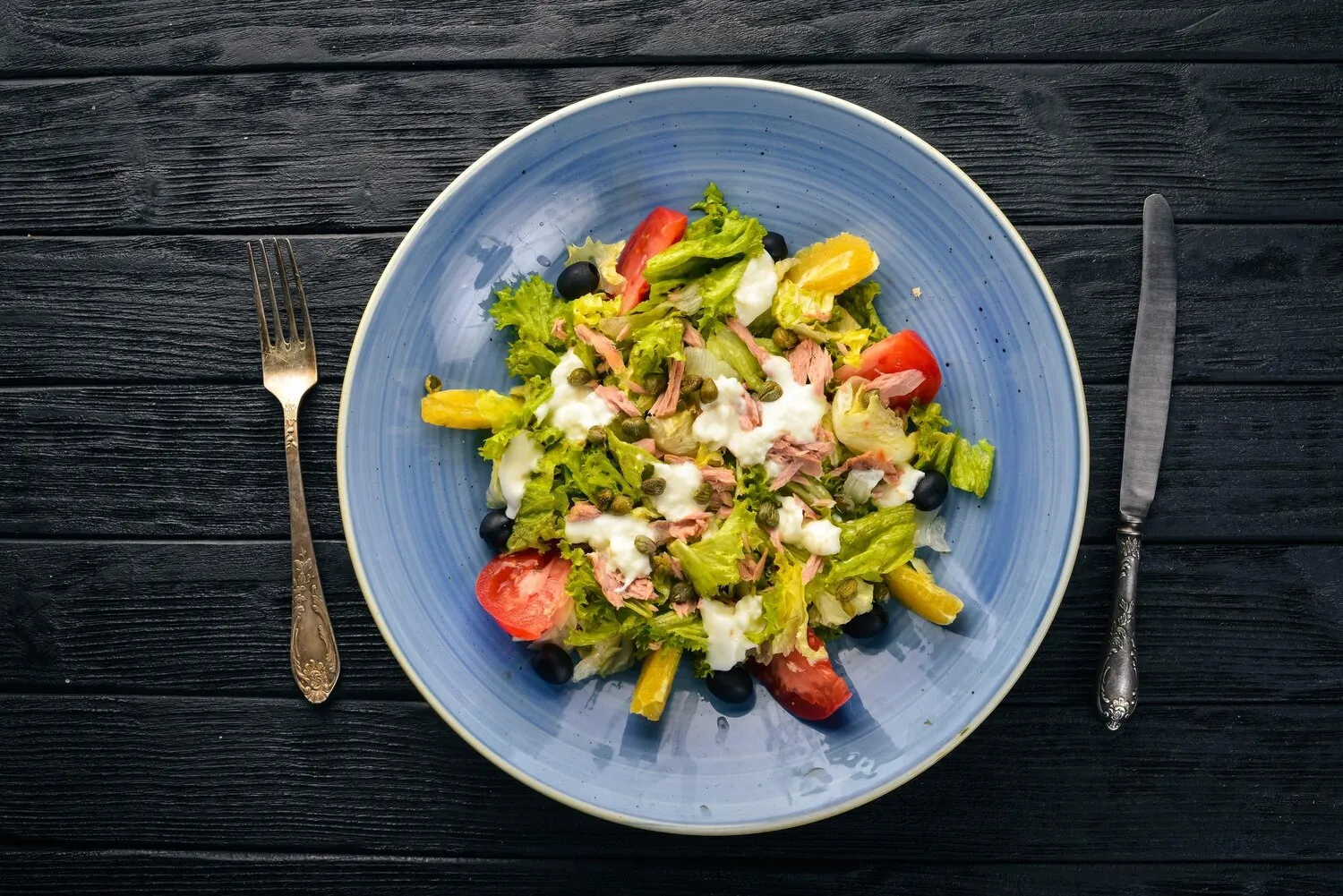
Salads
A selection of fresh salads is usually available, including various vegetables and dressings.
Nutrition Facts
* The % Daily Value (DV) tells you how much a nutrient in a serving of food contributes to a daily diet. 2,000 calories a day is used for general nutrition advice.
Salads have a long and varied history, dating back to ancient civilizations. Early salads were simple combinations of leafy greens dressed with oil, vinegar, and herbs. The Romans, Greeks, and Persians all enjoyed variations of salads. Over time, salads evolved to incorporate a wider range of ingredients, reflecting culinary traditions and available produce from around the world.
Salads hold cultural significance in many societies, often representing health, freshness, and a connection to nature.
Health and Wellness
Salads are often associated with healthy eating due to their high vegetable content and low calorie density. They are a popular choice for those seeking to maintain a balanced diet.
Seasonal Eating
Salads can reflect the seasons, with ingredients changing based on what is fresh and available locally. Spring salads might feature tender greens and radishes, while summer salads might include tomatoes, corn, and cucumbers. Autumn salads could showcase root vegetables and roasted squash.
Culinary Creativity
Salads provide a canvas for culinary creativity, allowing chefs and home cooks to experiment with different ingredients, flavors, and textures. There are endless possibilities for salad combinations.
Salads offer a diverse range of flavors, from fresh and crisp to savory and tangy, depending on the ingredients and dressings used.
The flavor profile of a salad is heavily influenced by the ingredients. Leafy greens provide a base of freshness, while vegetables like tomatoes, cucumbers, and peppers add sweetness and crunch. Herbs contribute aromatic notes, and dressings introduce acidity, sweetness, and richness. Common salad dressings include vinaigrettes (oil and vinegar), creamy dressings (mayonnaise-based), and citrus-based dressings. The combination of textures and flavors creates a refreshing and balanced dish.
Ingredient Freshness
Choose fresh, high-quality ingredients for the best flavor and texture. Look for crisp, unblemished greens and vegetables.
Dressing Application
Dress the salad just before serving to prevent the greens from wilting. Start with a small amount of dressing and add more to taste.
Balance of Flavors
Aim for a balance of flavors in your salad. Consider incorporating sweet, savory, tangy, and crunchy elements.
Ingredient Preparation
Properly wash and dry all greens and vegetables before assembling the salad.
Explore additional Salads dishes and restaurants
Explore SaladsDiscover top dining spots and culinary experiences in Rio Preto.
Explore Rio PretoLearn more about the food culture, restaurant scene, and culinary heritage of Brazil.
Explore Brazil